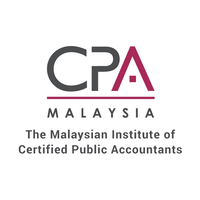“Will robots take my job?” A question on many people’s minds every time new advancements in technology are rolled out.
On Saturday, 8th of August, an event was held over Zoom by Sunway’s Accounting and Commerce Society (ACS) on the topic of IR 4.0, or the fourth industrial revolution, and what it means for the future of accounting. The event featured a guest speaker, Mr. M.G.Ong who is a chief advisor at 6Biz, a company striving to upskill and reskill working professionals in areas like big data and analytics. Mr. Ong explained what IR 4.0 is, its significance, its different components, and finally, answered the attendees’ questions on the topic.
The event began with Melanie, the emcee, welcoming the attendees and introducing Eileen, a representative from The Malaysian Institute of Certified Public Accountants (MICPA) which is a Malaysian professional accounting body and a partner of ACS. Eileen talked about the MICPA accounting program and was joined by Ace Tan, a recent graduate who shared his experience and benefits from the program.
Eileen then introduced Mr.Ong. After thanking ACS and MICPA for the invitation, Mr.Ong gave an overview of his talk and the key takeaways which were: the origin of IR 4.0, the technologies involved, the importance of advanced analytics, the prevalence of big data, and how one may upskill themself in data literacy in order to earn more in the modern industry.

What is IR 4.0?
According to Ong, the term Industry Revolution 4.0 was first publicly introduced in 2011 by a group of representatives from different fields in Germany in order to enhance competitiveness in the manufacturing industry. He mentions that the different industrial revolutions, starting from the first in the 17-1800s to the most recent IR 4.0, each represent an increase in levels of automation. With each revolution, old jobs are automated and new jobs are created, requiring an upgrade of the workers’ skill sets in order to adapt.
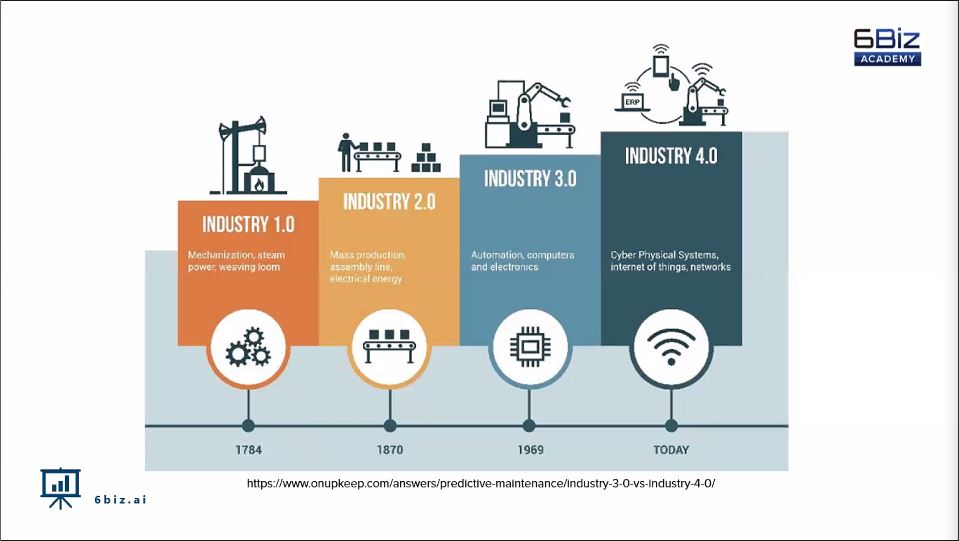
In the latest revolution, IR 4.0, automation is taken to a whole new level with the introduction of big data. Ong then explains that there are 9 main pillars of technological advancement that shape the revolution. These are:
- Supply chain: Which refers to the integration of modern technologies into the field of supply chain management for greater efficiency
- IIoT: Also known as Industrial Internet of Things, refers to the use of sensors, microchips, networks etc, for industrial purposes.
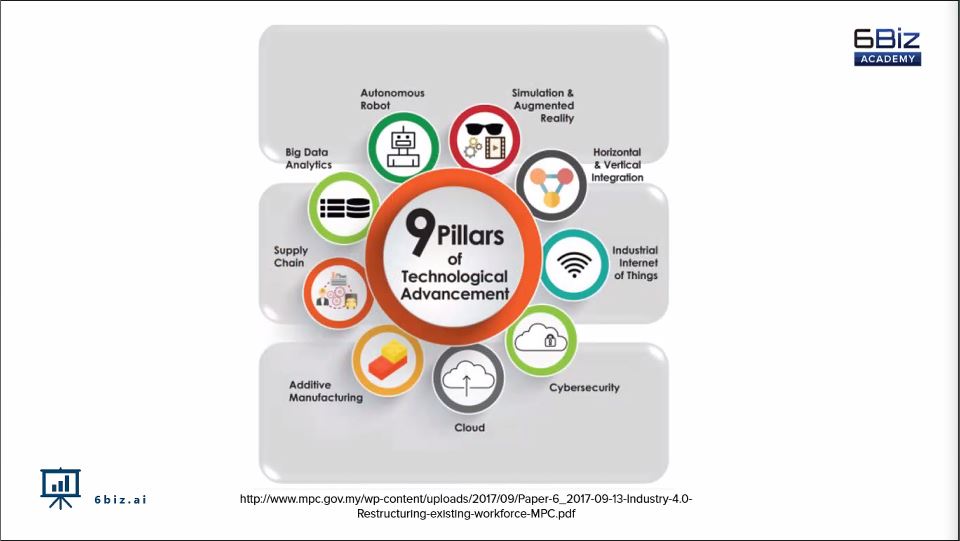
- Cybersecurity: The technology needed to ensure all devices in a network interact securely.
- Cloud Computing: The delivery of different services through the internet
- Additive Manufacturing: Which is 3D printing or creating 3 dimensional objects by depositing materials in layers
- Horizontal and vertical integration: Horizontal integration refers to integration across the production floor while vertical refers to tight coordination with higher-level business processes.
- Simulation and Augmented reality: The integration of virtual and real-life reality
- Autonomous Robots: robots that can perceive their environment and make decisions on the information received.
- Big Data Analytics: The process of examining big data to uncover information. According to Ong, this is the pillar with the greatest effect on the field of accounting.
Big Data
Mr Ong goes on to talk about how big data analytics are often used by CFOs and financial departments to influence operations across an entire organisation. A current hot topic in data analytics is Robotic Process Automation or RPA for short. This refers to “software-robots” which can make use of machine learning algorithms to automate analytical processes. He gives the example of OCR machines or Optical Character Recognition machines which can recognise and process human-written documents.

To recognise the importance of Big Data for modern CFOs, Mr. Ong shows the chart above from a survey done on 2100 CFOs. The survey found that 61% of CFOs consider analytics skills mandatory for accounting and finance employees.
Difficulties of Data Analysis
As a challenge for the attendees, Mr.Ong showed a photo of a large yellow pages book and asked whether anyone, given a full day, would be able to memorize the entire directory, to which all the attendees responded with “No” in the chat. He then asked whether anyone, given two more days, would be able to memorise the directories of 10 more countries. Again, the attendees, naturally, respond with “No”. He then explains that this is the first major challenge faced by data analysts: data’s large volume and its tendency to multiply over time.

The great volume of data is due mainly to the wide use of IoT (Internet of Things) devices, each generating a continuous stream of data in need of processing into information.
The second challenge mentioned was velocity. Mr.Ong discussed how the speed at which data is produced and consumed is increasing at a rapid pace. He then displayed 2 charts showing the data statistics in a single minute on the internet in 2018 in comparison with a minute in 2019. For example, in 2018 about 973,000 people will have logged in to Facebook in one minute. In 2019, that number increased to 1 million.

The third and final challenge was Variety. As technologies become more complex, new types of data are generated which introduce new challenges to the analytics field. Data can be structured (eg. databases), unstructured (eg. recordings and videos) or semi-structured (eg. social media content). Data that is unstructured can be difficult to accurately capture and process as it is not easily interpreted by computers.
Making Use of Data
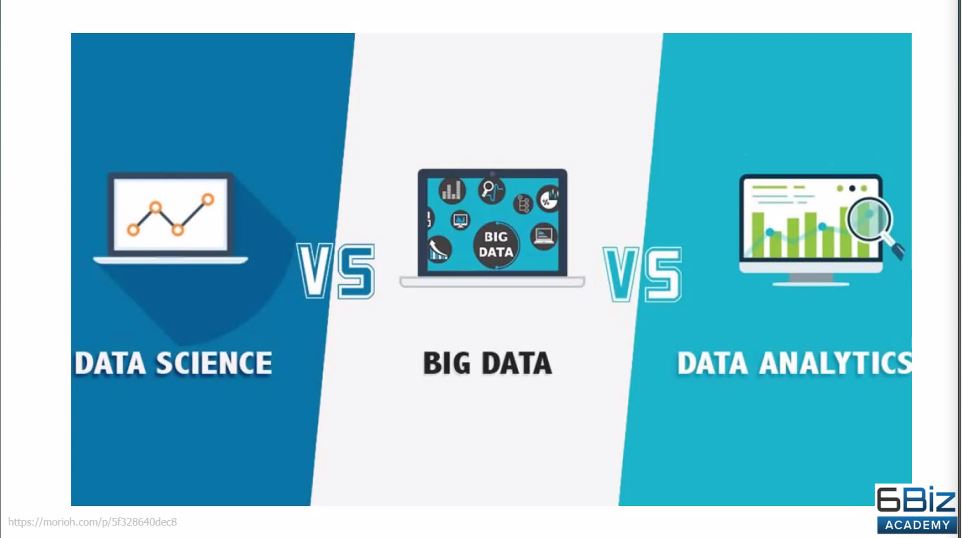
Mr.Ong continued on to share many more interesting insights into the future of accounting in relation to big data and analytics. He mentioned the four types of analytics answering four different questions: “What happened?”, “Why did it happen?”, “What will happen?”, and “How can we make it happen?”. He explained the subtle differences between data science, big data and data analytics; three popular and often confused terms. Data science is the use of algorithms and programming skills to mine and process large amounts of data. Big data refers to humongous amounts of data, its collection, and its storage. Data analytics is the statistical analysis applied to data in order to draw conclusions. He then discussed how major companies have leveraged the power of big data in driving sales and overall growth with the example of Danone; the world’s largest yogurt manufacturer.
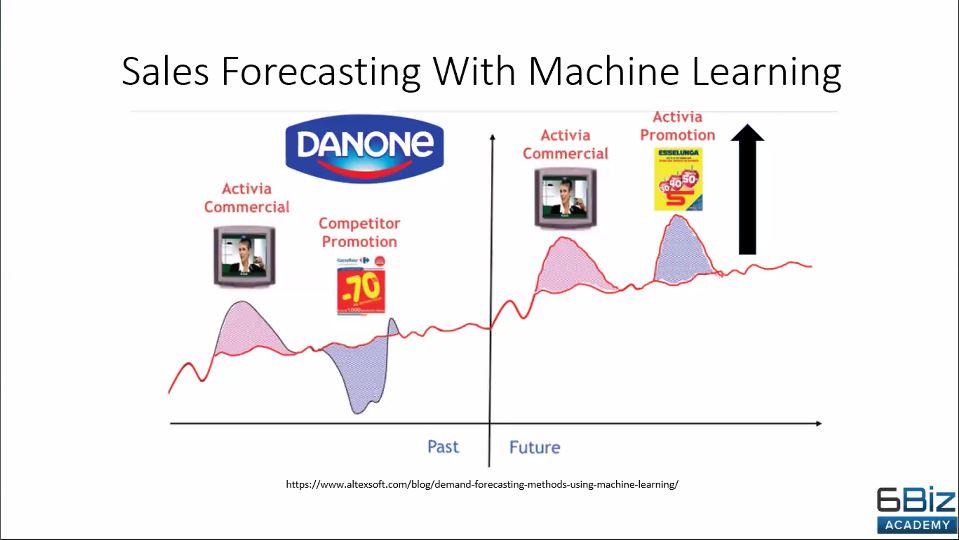
What now?
A very strong case for the power of big data analytics and its potential benefits has been made. The question then was: How can we prepare for this new age of technology? What should new accountants and other professionals do to adapt to the new industry?
Mr.Ong explained the difference between an expert data scientist and what is known as a “citizen data scientist”. A citizen data scientist is defined by Gartner ⎼⎼ the world’s leading research and advisory company ⎼⎼ as “a person who creates or generates models that leverage predictive or prescriptive analytics, but whose primary job function is outside of the field of statistics and analytics.” Mr.Ong shared with the audience that the demand for citizen data scientists is projected to outgrow that of experts.

He shares several job postings where the demand for data analysis skills can already be seen in the accounting field. He explains that in addition to soft skills such as communication, problem solving, and creativity, there are three types of hard skills that accountants should acquire to become analytics-savvy. These are:
- Subject matter expertise: for accountants, the accounting knowledge from their degree counts as expertise.
- Mathematics and statistics: These are concepts learned throughout school that can be revised
- Data and Technical Skills: This involves learning to use the most popular analytics tools: Microsoft Power BI, Tableau and Python.

Mr.Ong finishes by offering all attendees a major discount on the 6biz academy courses geared towards upskilling professionals in the use of analytical tools. He then answers a few questions pertaining to the topic. He advises graduates to subscribe to blogs, newsletters and social media pages that are talking about technology to keep themselves updated on the technology changes in the industry as this, in addition to regularly upskilling themselves, will make them highly sought-after by companies.
To end the talk, Eileen thanked Mr.Ong for sharing his valuable insights, then encouraged attendees to switch on their videos for a group photo to commemorate the event.
Written by: Hiba
Edited by: Pei Zoe



